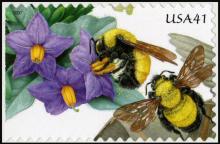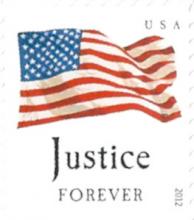UK Government rejects recommendations to save bees from pesticides
In its response, published today, the Government misrepresents its own science in deciding not to implement recommendations to save pollinators from neonicotinoid pesticides. In March, following extensive evidence gathering, the Environmental Audit Committee published its ‘Pollinators and Pesticides’ report, concluding that neonicotinoids are having an “especially deleterious impact on insect pollinators”. However, Government has decided that it:-
• Will not improve the transparency of the regulatory process so that studies done by pesticide companies are in the public domain, stating that “the cost of publishing this information, even on the internet, would be substantial”.
• Will not raise the UK’s environmental protection standards by including other pollinators in the national risk assessment process.
• Will not ban all amenity and garden use of neonicotinoids.
• Will not set up a pollinator monitoring scheme - although this is not ruled out for the future.










